EXPERT’S NOTEBOOK
Oily, shiny skin, a few little spots, a few blackheads on the cheeks or nose... The onset of oily, acne-prone skin that “ marks ” thestart of puberty; excessive sensitivity of the sebaceous glands – which secrete too much sebum – to the sex hormones that flood the body at this important time in life. It’s a common concern as acne affects 83% of girls and 95% of boys. And, because its course is unpredictable, coming and going almost spontaneously, it should always be taken seriously and be treated properly.
Playing YouTube videos requires the use of cookies in order to offer you targeted advertising based on your browsing For more information, please visit YouTube's « cookie » policy.
You have rejected Youtube's cookies and therefore you cannot view the video.
You can change your choices by clicking on « Cookie Settings » and accept Youtube's cookies to enable the video.
You can change this setting and withdraw your consent at any time.
Learn all about oily and acne-prone skin
Medication: each type of oily, acne-prone skin has its own specific skin solution.
Your dermatologist or pharmacist will advise you on the products best suited to your skin and its condition.
In terms of skincare products, you should opt for:
...and in general, products that are specifically designed for oily, acne-prone skin.
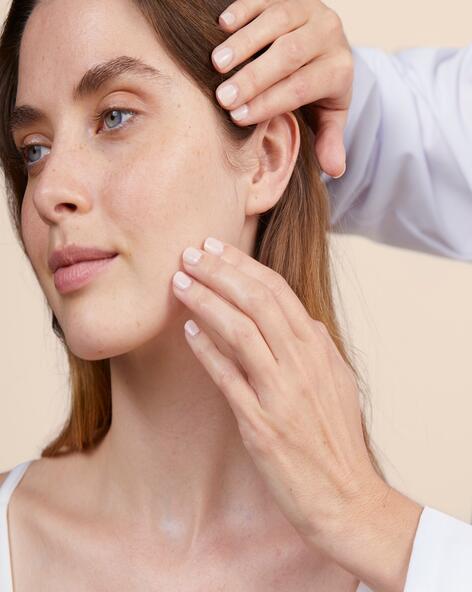
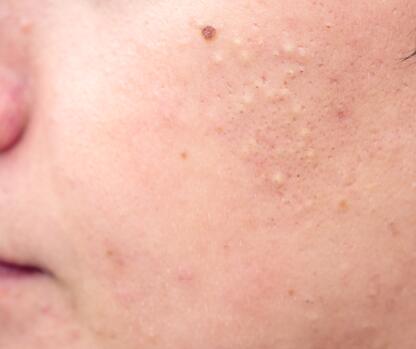
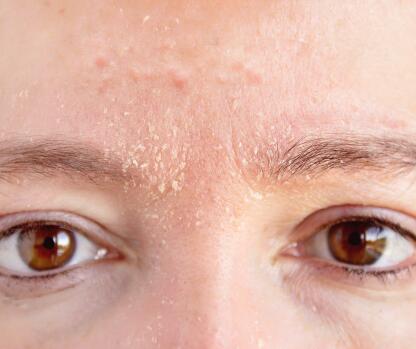
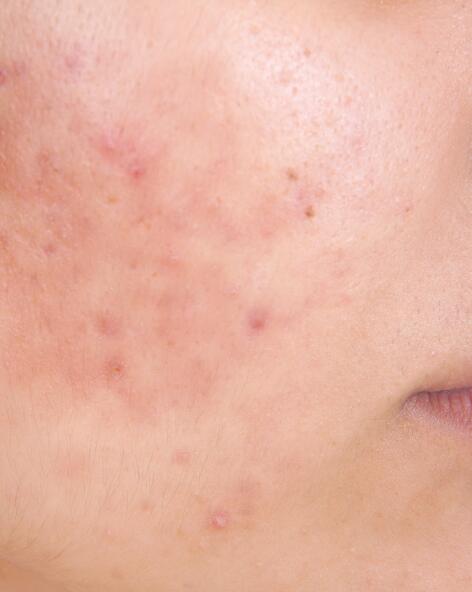
These marks, visible on the skin, are the after-effects of spots. As soon as your oily, acne-prone skin is better, contact your dermatologist who will advise you and suggest a suitable skin solution (peeling, laser, etc.) to get rid of the marks.
Don't be overzealous when washing... Don't try to " strip " your skin, you will only irritate it further. Take care of it gently. Cleansing gels " without soap " should be used and for makeup removal, use gentle daily care products.
Yes, but not just any old makeup... Choose non-comedogenic products. That is the least you can do.
Chocolate and processed meats pose no harm; the only thing to remember, of course, is to consume these in moderation... and to prioritise a healthy diet that will always be beneficial for your skin, as well as for your health in general.
When it comes to oily, acne-prone skin, the sun can be a hidden enemy that sometimes makes you think it is doing you good. In fact, when you expose yourself to the sun, spots dry out and any blackheads are masked by a tan. But microcysts form which come out when you return from your holidays. Recent marks from oily, acne-prone skin exposed to the sun can leave an unsightly and persistent brownish spot. To prevent this from happening, protect your skin with a high broad-specturn UVB-UVA sunscreen. If you are taking medication for oily, acne-prone skin, ask your dermatologist for advice before going on holiday as some skin solutions do not mix well with the sun.
for oily, acne-prone skin
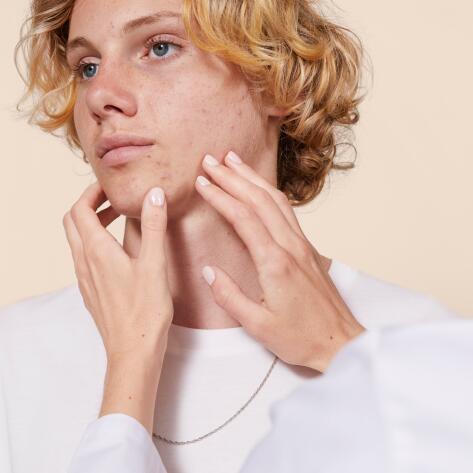
NEWSLETTER
We’re always here for your skin!
All our tips for taking care of your skin day to day.
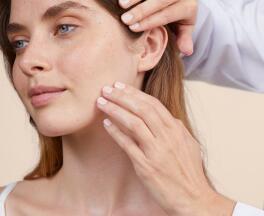
NEWSLETTER
Which skin care routine should you adopt?
Identify what it really needs with the help of our experts and discover the most suitable skin care routine for you.